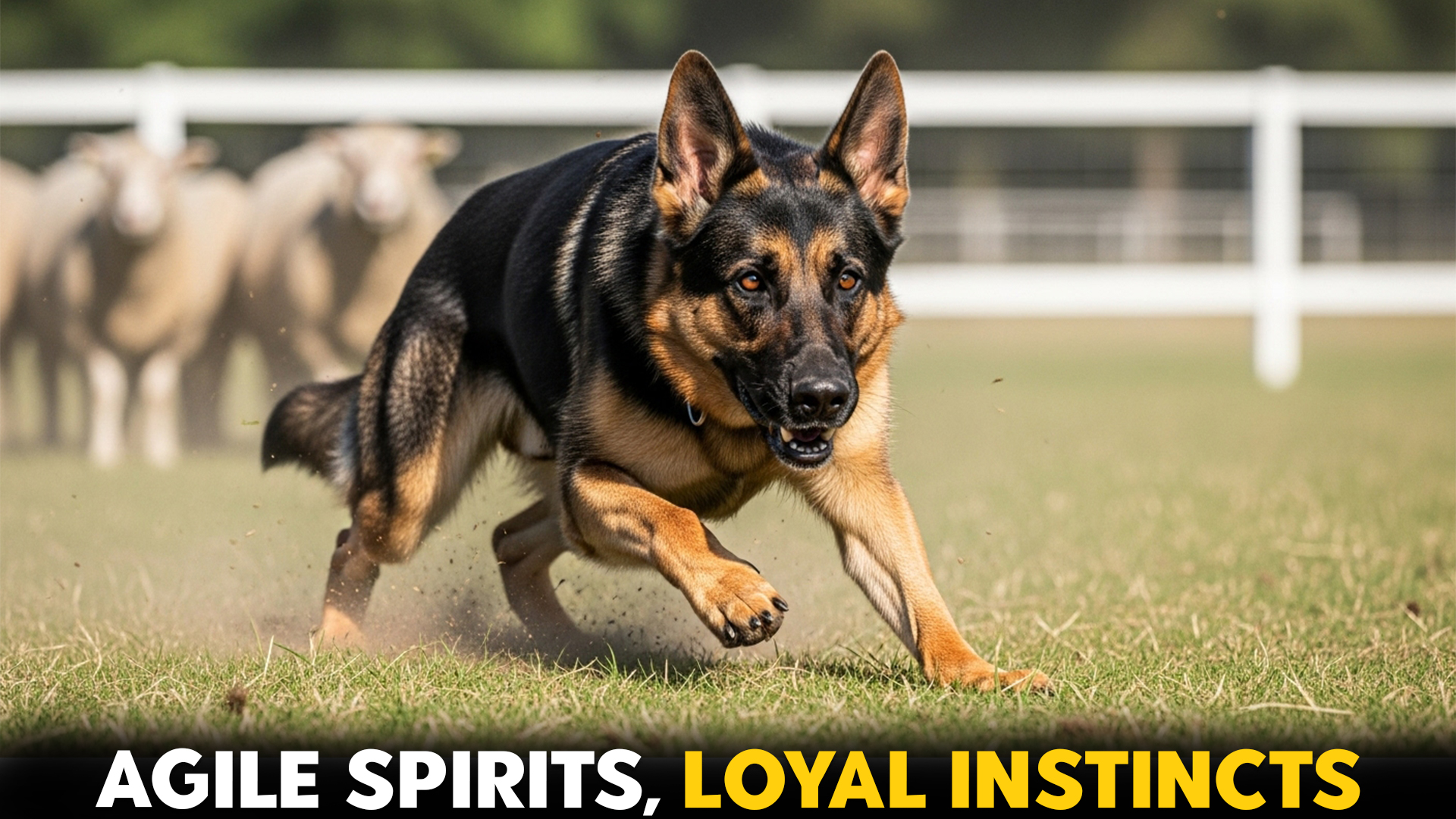Have you ever wondered which dog breeds have the heart, courage, and skill to guide animals across open fields during herding trials?
Imagine standing on a wide green farm, the air crisp, while a determined herding dog moves sheep with nothing more than sharp eyes and an instinctive trot. These dogs don’t just work—they carry generations of history in every step, showing us what true dedication looks like.
The truth is, herding dog breeds are more than just workers. They are partners to farmers, protectors of livestock, and loyal family pets who bring both strength and affection into daily life. Their natural herding instincts allow them to control movement, guide cattle, and even protect livestock from danger.
In fact, the American Kennel Club (AKC) recognizes the entire Herding Group, a collection of breeds originally developed to gather, herd, and protect livestock.
As we explore the best dog breeds for herding trials, you’ll see how these remarkable pups balance hard work with companionship. Each has a story to tell and a job to do. And perhaps, one of them might just be the perfect companion for your own home or working farm.
Best Dog Breeds for Herding Trials
Here we go, one by one.
1. German Shepherd
The German Shepherd is one of the most recognized herding dog breeds in the world. Originally bred in Germany, these dogs were prized for their ability to herd sheep across wide fields.
Over time, their strong herding instincts and loyalty made them trusted partners for farmers who needed reliable help with their animals.
In modern times, German Shepherds have expanded beyond the herding group. They’re respected as working dogs in roles like search and rescue, military service, and police work.
What makes them stand out in herding trials is their balance of intelligence, power, and obedience. A well-trained pup can guide livestock with precision, keeping sheep and cattle safe while staying alert to commands.
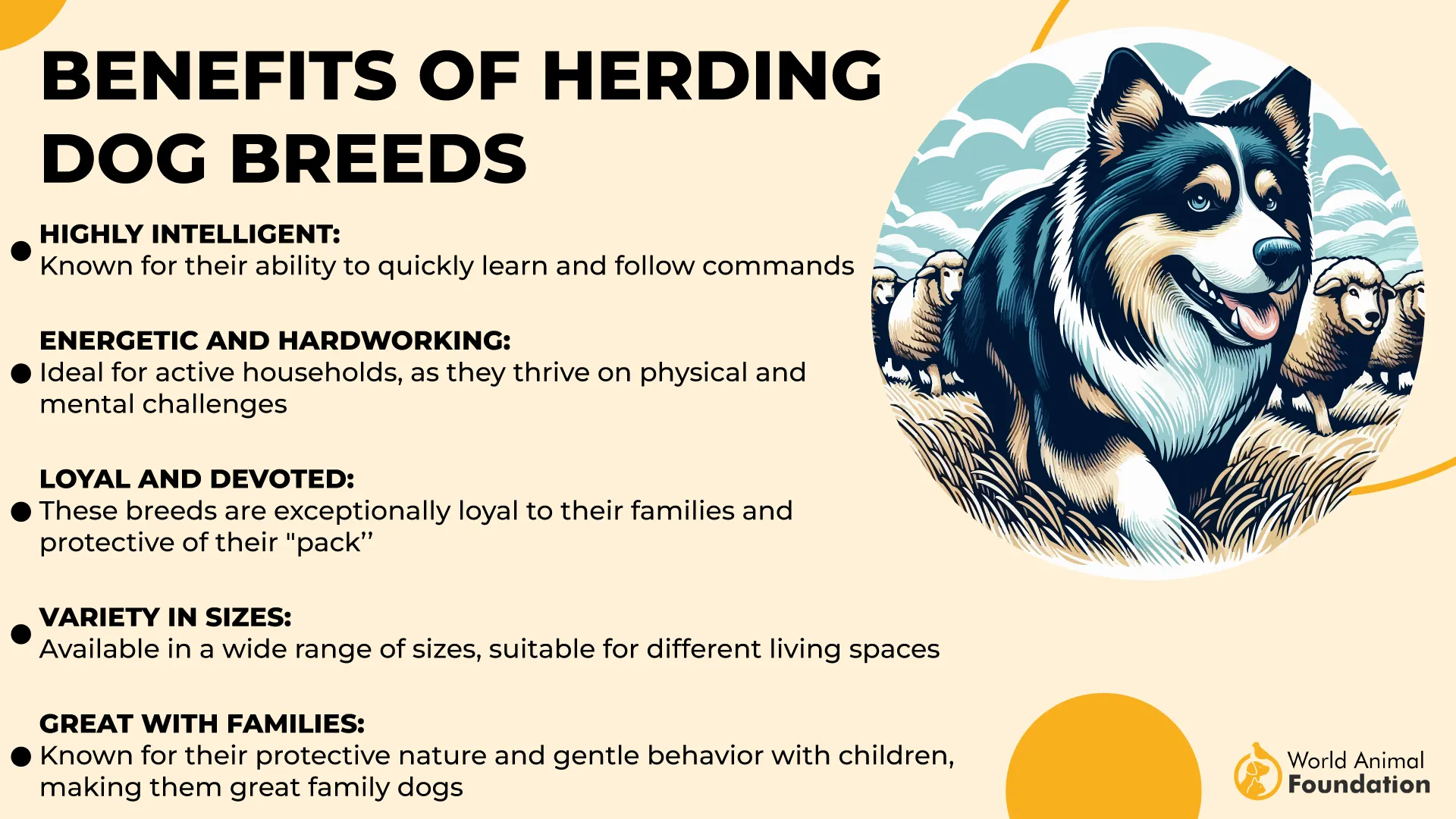
Because they’re protective by nature, these dogs also protect livestock on a working farm, serving as both guardian and herder.
They thrive on mental stimulation and training, needing tasks to stay focused and happy. This makes them not just reliable workers, but also family pets when given plenty of exercise and structure.
Did you know? German Shepherds are among the few herding dog breeds that transitioned from herding sheep to serving in military service and police work, proving their adaptability and intelligence.
2. Australian Shepherd
The Australian Shepherd (often called “Aussie”) is a brilliant and versatile herding dog breed. Despite the name, this breed was developed in the United States.
Aussies were bred to protect livestock and work long days on sprawling ranches. Their herding instincts are strong—they can guide sheep, cattle, and other animals with focused energy and agility.
Because they’re built for work, Australian Shepherds thrive when given a job. They are smart, alert, and quick to respond to commands. They need regular training and mental stimulation, or they may get bored.
On a working farm, they’ll stay active and engaged. At home, they make loyal family pets when given structure, exercise, and time.
In herding trials, Aussies often shine. Their speed, agility, and ability to read animal movement make them strong competitors. Their coat colors—like blue merle, red merle, solid black, or red—add to their charm, while their medium build gives them endurance.
Fun Fact: Australian Shepherds have been used not only in herding, but also as seeing-eye dogs, hearing dogs, search and rescue dogs, and drug-detection dogs.
3. Shetland Sheepdog
The Shetland Sheepdog, often called the Sheltie, traces its roots to the rugged, remote Shetland Islands of Scotland. Farmers needed a small, hardy dog to handle sheep in harsh weather and limited pasture land. Over time, Shelties became beloved for both their herding instincts and gentle nature.
While small in size, Shelties are mighty in skill. They excel in herding trials, agility, and obedience thanks to sharp minds and steady focus.
According to PetMD, at just 13–16 inches tall and weighing 15–25 pounds, they’re compact and quick. Their alert expression, erect ears, and long double coat make them look like a “mini Collie”—but they are a distinct breed.
Because of their size and temperament, Shelties adapt well to both working farms and family homes. They stay close to their humans, always eager to learn and respond to their needs. However, like all herding dog breeds, they require regular training and mental stimulation to remain balanced and happy.
Did you know? Shelties often try to herd anything that moves—including children, cars, or squirrels—thanks to their deep herding instinct.
4. Australian Cattle Dog
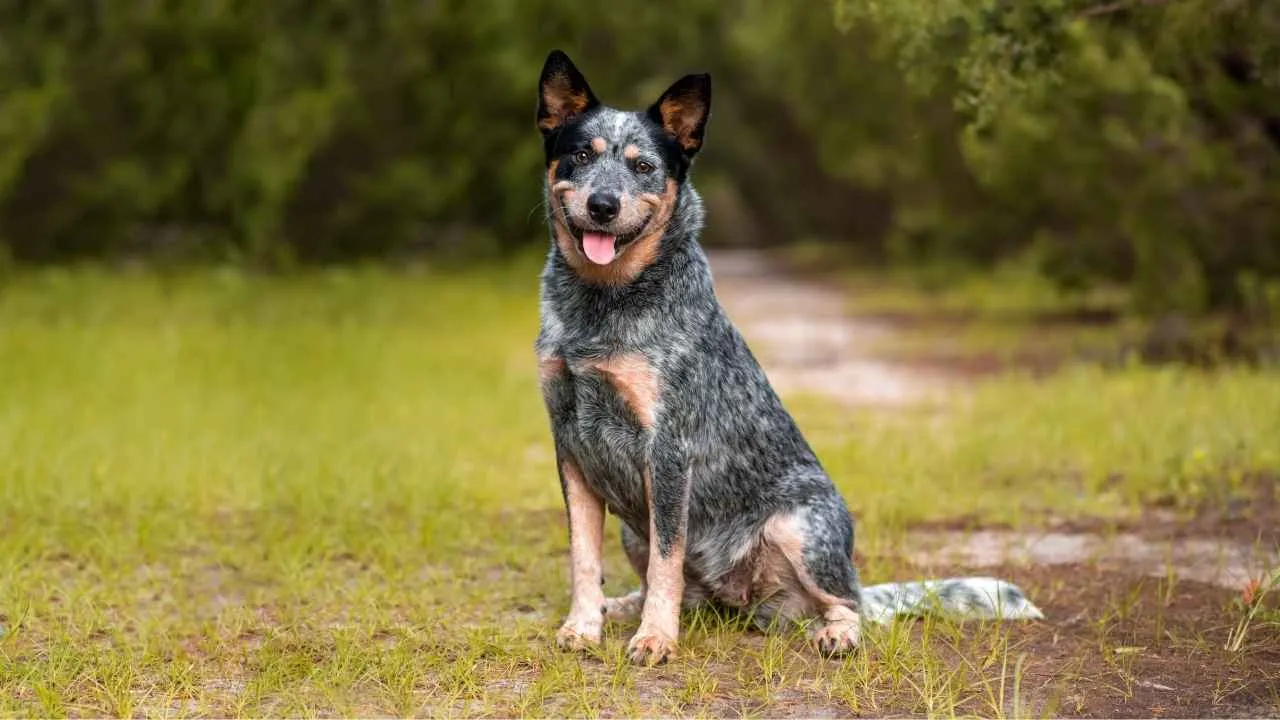
The Australian Cattle Dog is a powerhouse among herding breeds. According to Hill’s Pet, initially developed in Australia, this dog was bred to drive cattle across long, rough terrain with little guidance. It’s compact, strong, and built for endurance.
On a working farm, the Cattle Dog shines. It has the drive to move stubborn animals, often using “heel nipping” to control cattle. The breed is highly alert, courageous, and very trustworthy. It needs plenty of exercise and interesting tasks to stay well-behaved rather than bored or destructive.
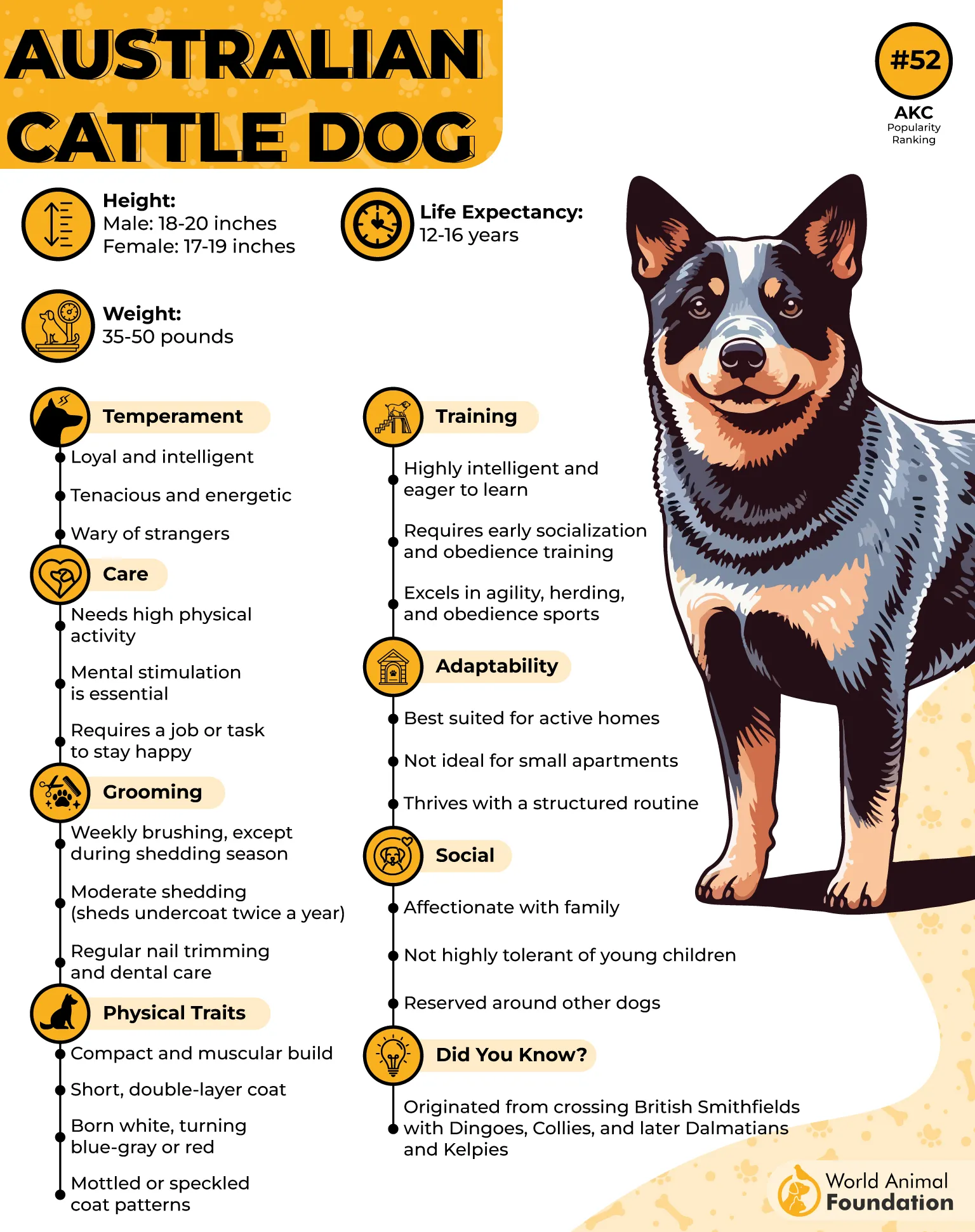
In herding trials, Cattle Dogs are fierce competitors. Their physical strength, agility, and sharp decision-making help them control livestock across tricky courses. With proper training and consistency, these dogs can perform remarkably well.
Fun Fact: The Australian Cattle Dog was accepted by the AKC in 1980 and moved to the Herding Group when it formed a few years later.
5. Lancashire Heeler
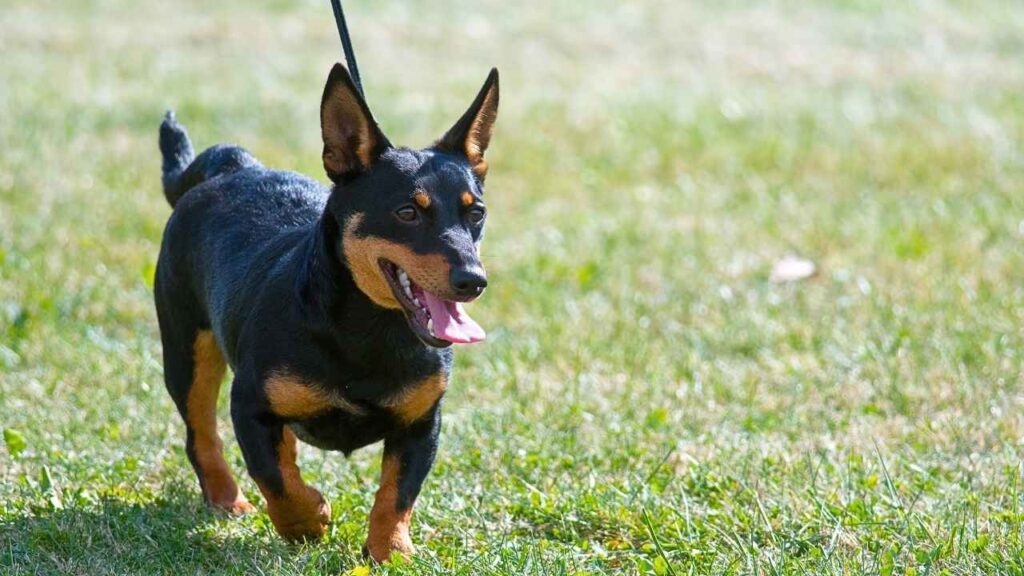
The Lancashire Heeler is a small yet spirited herding dog with a rich history. Originating from the 17th century in Lancashire, England, this breed was developed by crossing the Welsh Corgi with the Manchester Terrier.
Their primary roles were to drive cattle to market and assist with farm duties, including ratting. Despite their compact size, Lancashire Heelers are known for their agility, intelligence, and strong work ethic
In 2024, the American Kennel Club (AKC) officially recognized the Lancashire Heeler as a member of the Herding Group, making it eligible to compete in AKC events. This recognition highlights the breed’s enduring legacy and versatility in herding tasks.
With their keen instincts and energetic nature, Lancashire Heelers thrive in environments where they can engage in herding activities and receive consistent training. Their compact stature and alert demeanor make them excellent companions for active individuals and families.
Fun Fact: Lancashire Heelers are known for their distinctive “smile,” where they pull back their lips to display their teeth, giving them a cheerful and friendly appearance.
6. Belgian Sheepdog
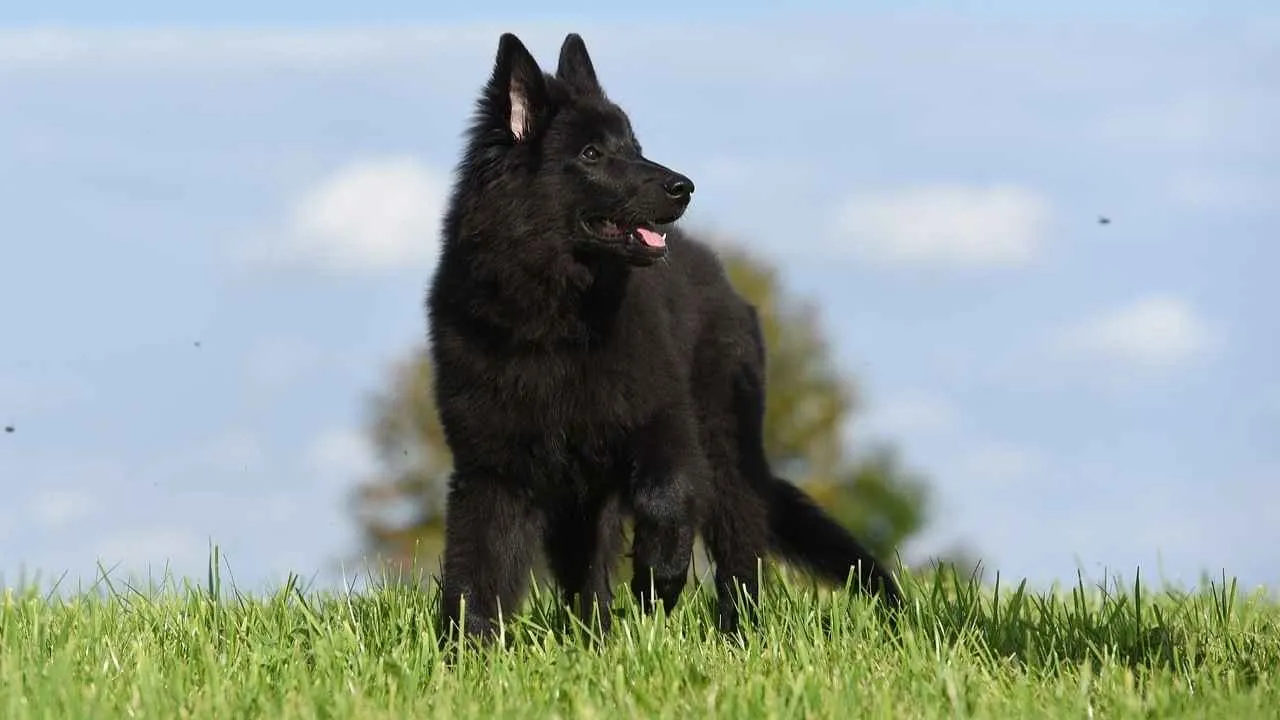
The Belgian Sheepdog, also called the Groenendael, is a smart and versatile herding dog breed. Originating from Belgium, this breed was initially bred to herd sheep and protect livestock on farms.
Their keen herding instincts and agile build make them excellent at managing livestock during herding trials or everyday farm work.
Belgian Sheepdogs are energetic and focused, making them ideal for farm dog breeds that require consistency and dedication. These dogs require regular training and tasks to stay happy and balanced.
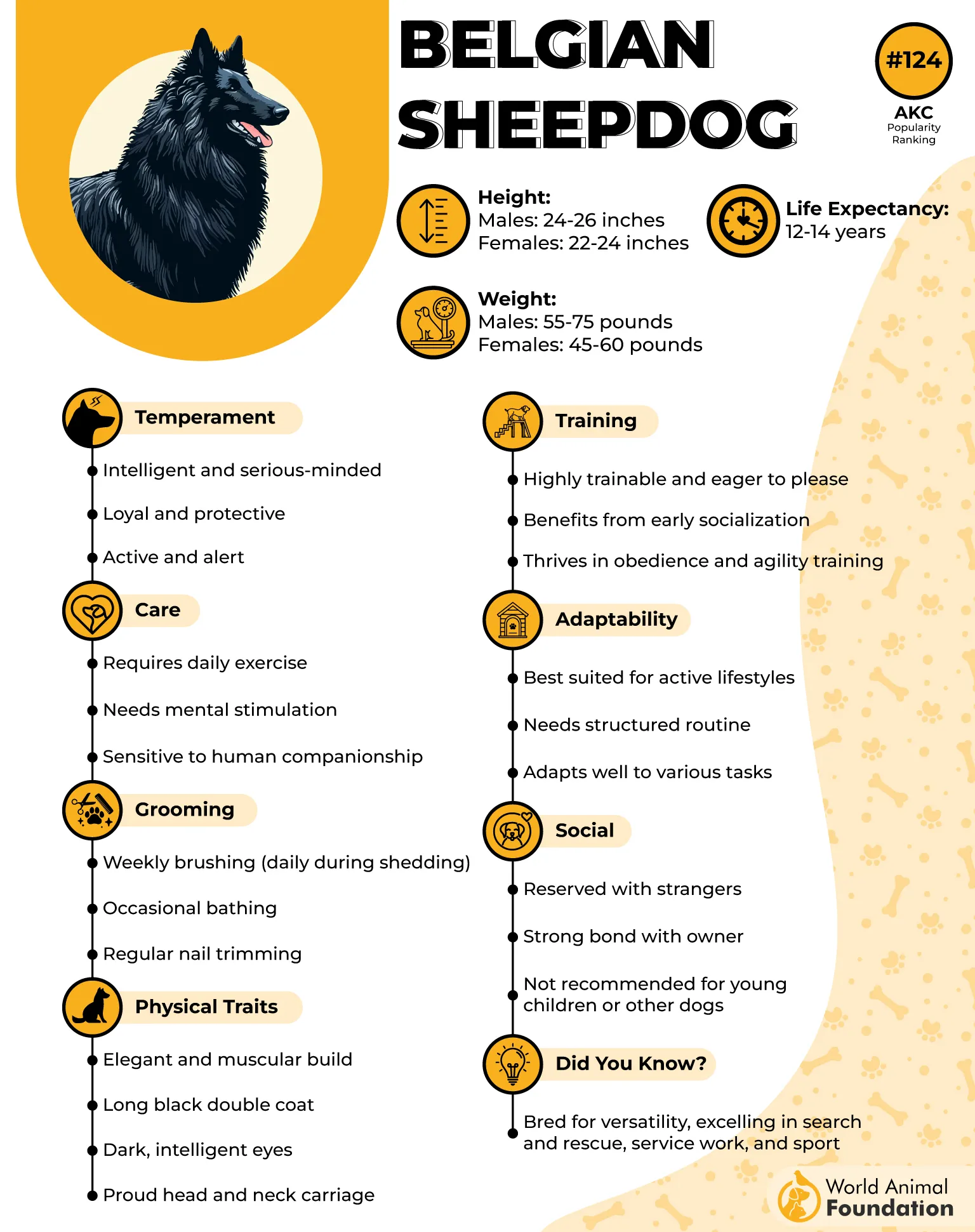
Their natural drive allows them to work closely with farmers, guiding cattle, sheep, or other animals with precision. Despite their intensity in the field, they can also become affectionate family pets for those who provide enough activity and attention.
In herding trials, Belgian Sheepdogs shine due to their quick learning, responsiveness, and strong instincts.
They are alert, loyal, and protective, ensuring livestock stays safe while navigating challenging courses. Many handlers value them not only for their herding abilities but also for their adaptability and intelligence in everyday farm life.
Fun Fact: The Belgian Sheepdog is one of four Belgian Shepherd breeds, each with unique coat types and colors, yet all share strong herding instincts and a history of helping farmers manage livestock.
7. Border Collie
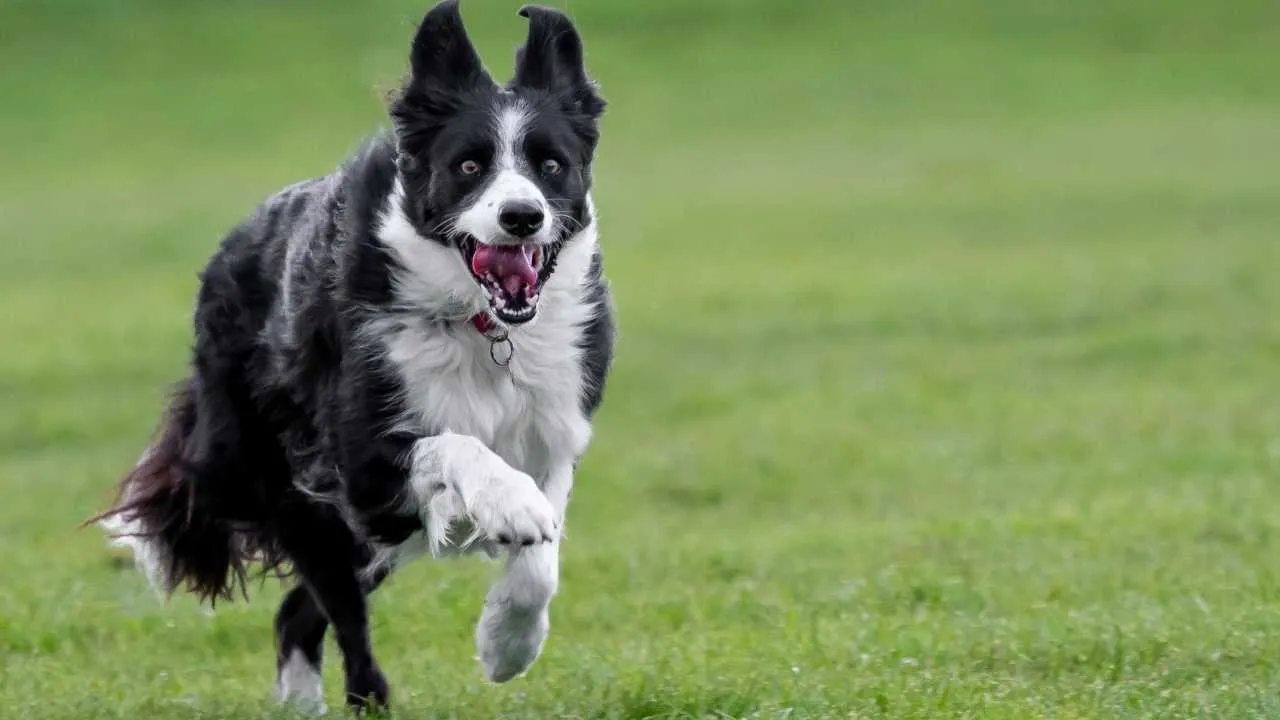
The Border Collie is often regarded as the epitome of herding excellence. Originating from the border region between Scotland and England, this breed was developed by shepherds who prioritized biddable stock sense and the ability to work long days on rugged terrain.
As a result of this selective breeding, the Border Collie developed the unique working style of gathering and fetching sheep.
The stock is controlled with an intense gaze known as “eye,” coupled with a stalking style of movement. This selective breeding over time developed the Border Collie’s intensity, stamina, energy, and trainability. In herding trials, Border Collies consistently demonstrate their exceptional abilities.
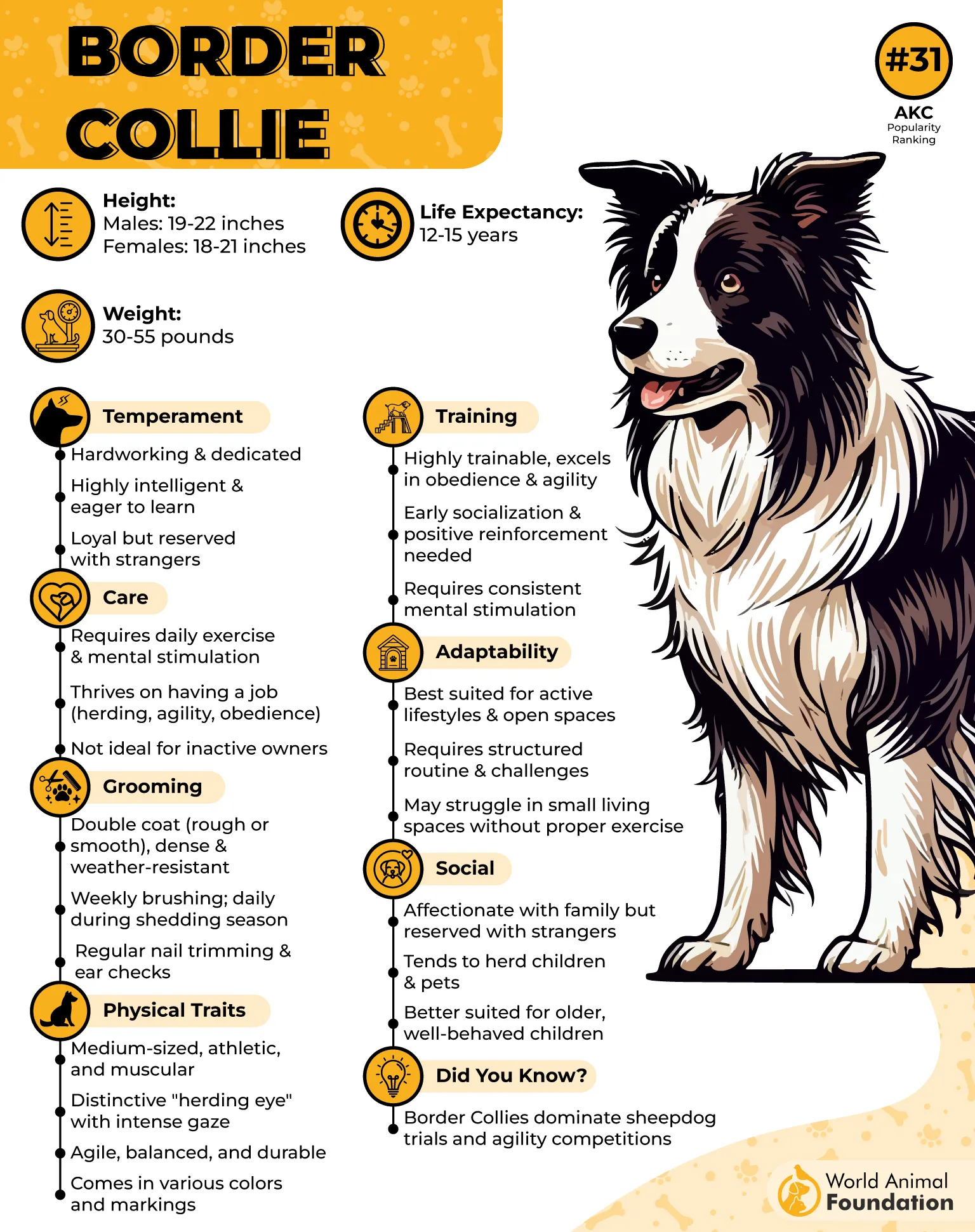
Their keen instincts and agility allow them to navigate complex courses, managing livestock with precision and control. Border Collie is known for its extraordinary instinct and uncanny ability to reason, making it one of the most successful breeds in competitive herding events.
Beyond their prowess in herding, Border Collies are also known for their versatility in various dog sports. Their intelligence and drive make them excellent candidates for activities such as agility, obedience, and search and rescue.
Fun Fact: Border Collies are renowned for their ability to “give eye,” a technique where they use a fixed stare to control and move livestock.
Conclusion
Herding dogs are more than just farm dogs; they are loyal, intelligent, and versatile partners for both work and family life. From the powerful German Shepherd to the agile Border Collie, each breed brings unique herding instincts and skills to herding trials. Whether you’re managing sheep, cattle, or other livestock, these herding dog breeds are capable of protecting, guiding, and performing with precision.
Many of these dogs also thrive as family pets, offering companionship, loyalty, and alertness alongside their natural work ethic. Choosing the right herding breed depends on your lifestyle, the type of farm work, and the amount of training and engagement you can provide. With the right care, these breeds are not only great workers but also great companions, embodying the perfect balance of skill, loyalty, and intelligence.


